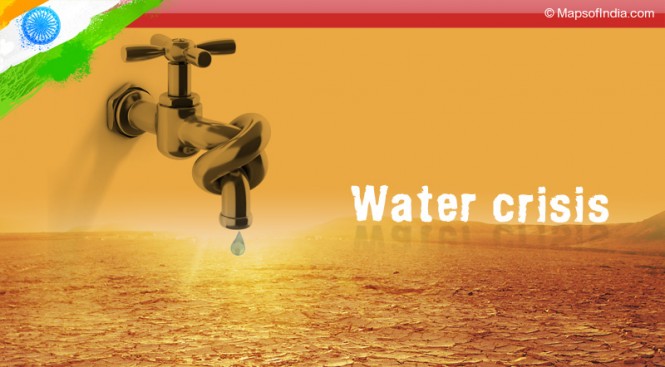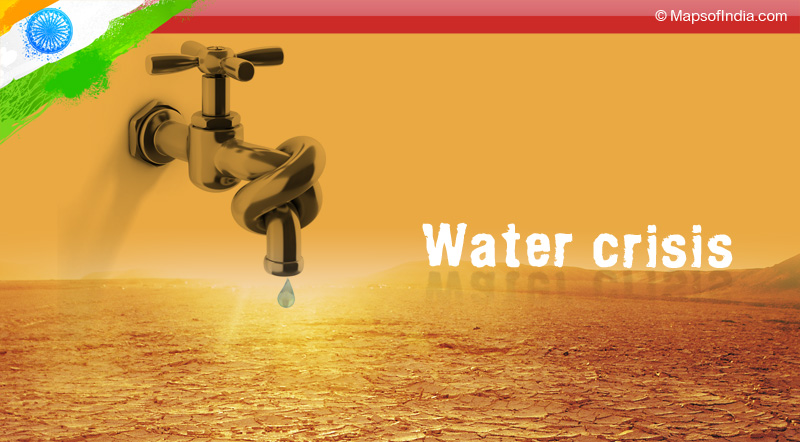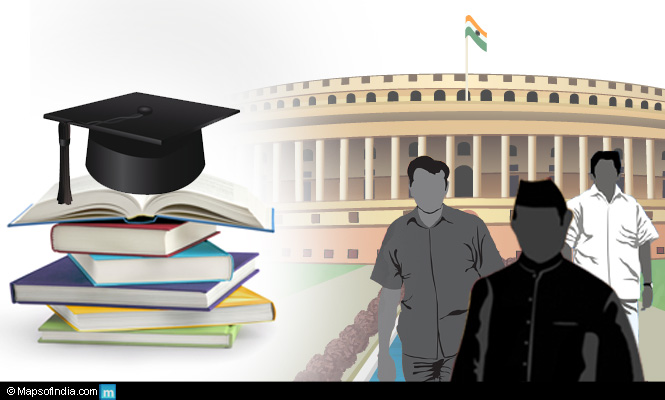
Despite water being an existential need for humans, it’s also one of the most under prioritized but over abused commodity. Water is central to our lives but has not been the focal point of focus in our planning while we rapidly evolve into an urban society.
Through time, early civilizations understood the importance and need for water and planned their lives around it. Civilizations were born and lost on account of water. Today, we have the advantage of this knowledge but we still fail to value it and plan our societies around it.
Let’s focus on India. The world’s oldest civilization grew around the Indus and the Ganges and is still thriving. But not for long. Post-independence, due importance was given to harnessing the power of water by way of controlling and storing water through large Dams. That was the need of the hour. However, our cities and towns have subsequently grown without planning for water need vs water availability. In 1951, the per capita water availability was about 5177 m3. This has now reduced to about 1486 m3 in 2021 (Source: Central Water Commission).
Reasons behind water scarcity in India
Water scarcity is mostly man-made due to excess population growth and mismanagement of water resources. Some of the major reasons for water scarcity are:
- Inefficient use of water for agriculture. India is among the top growers of agricultural produce in the world and therefore the consumption of water for irrigation is among the highest. Traditional techniques of irrigation cause maximum water loss due to evaporation, drainage, percolation, water conveyance, and excess use of groundwater. As more areas come under traditional irrigation techniques, the stress on water available for other purposes will continue. The solution lies in the extensive use of micro-irrigation techniques such as drip and sprinkler irrigation.
- Reduction in traditional water recharging areas. Rapid construction is ignoring traditional water bodies that have also acted as groundwater recharging mechanisms. We need to urgently revive traditional aquifers while implementing new ones.
- Sewage and wastewater drainage into traditional water bodies. Government intervention at the source is urgently required if this problem is to be tackled.
- Release of chemicals and effluents into rivers, streams, and ponds. Strict monitoring and implementation of laws by the government, NGOs, and social activists are required.
- Lack of on-time de-silting operations in large water bodies that can enhance water storage capacity during monsoon. It is surprising that the governments at state levels have not taken this up on priority as an annual practice. This act alone can significantly add to the water storage levels.
- Lack of efficient water management and distribution of water between urban consumers, the agriculture sector, and industry. The government needs to enhance its investment in technology and include all stakeholders at the planning level to ensure the optimization of existing resources.
Urban nightmare
The problem has been compounded with increased concretization due to urban development that has led to the depletion of groundwater resources. Water is neither being recharged nor stored in ways that optimize its use while retaining the natural ingredients of water. In addition, the entry of sewage and industrial waste into water bodies is severely shrinking the availability of potable water. Marine life is mostly lost in these areas already. This is the genesis of a very serious emerging crisis. If we do not understand the source of the problem, we will never be able to find sustainable solutions.
As an example, take Hyderabad. This city of Nizams had several water aquifers and water bodies through time. Osman Sagar and Himayat Sagar lakes were built and have been providing drinking water to the city for well over a hundred years. Excess migration of population to the city coupled with unplanned construction in all directions resulted in traditional aquifers, which existed in and around the city, being blocked.
There are over 4800 bore wells operated by the state-owned HMWS&SB that have been drawing groundwater. The levels have now fallen significantly. If the groundwater cannot recharge, the supply will get only get worse. The demand for water continues to grow while the collection, storage, regeneration, and distribution have become overstressed. The story repeats itself across urban centers in India.
Solutions to overcome water scarcity problems
Absolutely!
- A simple addition of a ‘water free’ male urinal in our homes can save well over 25,000 liters of water, per home per year. The traditional flush dispenses around six liters of water per flush. If all male members including boys of the house use the ‘water free urinal’ instead of pulling the traditional flush, the collective impact on the demand for water will reduce significantly. This must be made mandatory by law and followed up by education and awareness both at home and school.
- The amount of water that is wasted during dish washing at home is significant. We need to change our dish washing methods and minimize the habit of keeping the water running. A small step here can make a significant saving in water consumption.
- Every independent home/flat and group housing colony must have rain water harvesting facility. If efficiently designed and properly managed, this alone can reduce the water demand significantly.
- Waste water treatment and recycling for non-drinking purposes. Several low cost technologies are available that can be implemented in group housing areas.
- Very often, we see water leaking in our homes, in public areas and colonies. A small steady water leak can cause a loss of 226,800 liters of water per year! Unless we are aware and conscious of water wastage we will not be able to avail the basic quantity of water that we need to carry on with our normal lives.
How is the Government tackling the situation?
- The Government has launched many initiatives like Jal Shakti Abhiyan (JSA), Catch the Rain Campaign, National Perspective Plan for Water Resources, and Jal Jeevan Mission (JJM)-Har Ghar Jal.
- Under the JSA, it was the government’s goal to improve water availability and even improve the groundwater conditions in the 256 marked water-stressed districts in India. States like Punjab and Haryana have been facing extreme stress on their groundwater level, the water has receded 9.2 meters which is the highest among all the states in the country.
- In 2021, the catch the rain campaign was introduced by Prime Minister Narendra Modi which aims to conserve Rainwater in all the districts of the country.
- The current regime has also been implementing schemes like Jal Jeevan Mission in which the Central government along with the State government wants to provide potable and adequate water to every rural household including the tribal areas in the country with a tap connection by 2024.
The time to take initiative has arrived.
Related Information:





